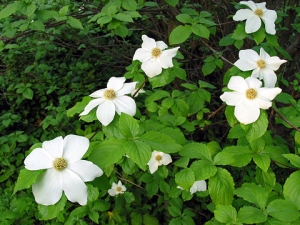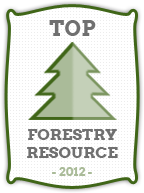 The first week of any new job can be a little slow, and arriving at your first federal posting is certainly no exception. There’s a stack of field guides on a nearby desk, so I’ve decided to flip through and do some comparing while I wait for my colleague to finish getting set up on all our various computer profiles. So, especially if you’re looking to pick up a Pacific Northwest field guide, here’s my summation.
The first week of any new job can be a little slow, and arriving at your first federal posting is certainly no exception. There’s a stack of field guides on a nearby desk, so I’ve decided to flip through and do some comparing while I wait for my colleague to finish getting set up on all our various computer profiles. So, especially if you’re looking to pick up a Pacific Northwest field guide, here’s my summation.
The Audubon Society Field Guide to North American Trees, Western Region, Elbert L. Little, ed.
Grade: C
The book provides a very cursory discussion of botany basics (plant parts, leaf shapes, etc.), some of which is illustrated, and details on major habitats and proper usage of the book itself.




